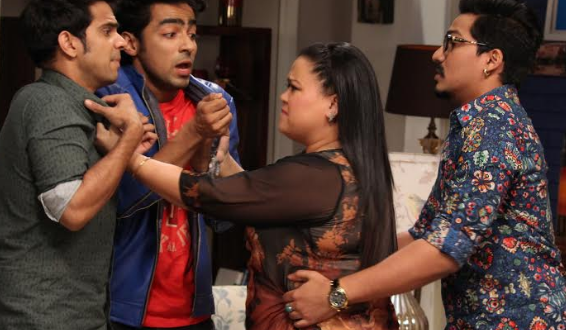DAINIK NATION BUREAU
Indian TV consumers will have to spend more money for their monthly cable or DTH (direct-to-home) bill starting January 1. As TRAI has imposed new tariff order for the broadcast sector. As per the new tariff regime set by the regulator, consumers now have the option to select and pay only for TV channels they want to watch at the maximum retail price (MRP) set by the respective broadcasters.
For the last few days, all the TV networks have come out with the a-la-carte MRP of their channels. As per the rough calculation for the basic, non-premium channels, a consumer in the Hindi heartland (no HD or regional channels), will end up paying Rs 430-440 per month under the new tariffs.
Currently, in phase III and IV towns, consumers pay pay a monthly bill of Rs 200-250, and in large cities, a cable/ DTH bill for 250+ channels – which includes sports and regional channels – costs between to Rs 350-400.
As per the new rate structure, a consumer will have to pay up to Rs 130 (plus taxes) for first set of 100 channels, which will be mostly free-to-air (FTA) channels. This doesn’t include any popular channels from top TV networks like Star India, Zee Entertainment EnterprisesNSE 2.53 %, Sony Pictures Networks India etc.
If a consumer decides to buy basic packages from top broadcasters, which include popular genres like general entertainment, movies, kids, music, news and infotainment, she she will have to pay an additional Rs 184 for 95 pay channels. On top of that a network capacity fee of Rs 100 (Rs 25 per 20 channels) will be extra.
In short, in the new regime, a consumer will have to pay up to Rs 450 a month for the basic channels, without regional or sports, if he or she is opting for bouquets. If they go for a-la- carte, the bill will be over Rs 800 as bouquets are at a discount of 35-55%.
Vivekanand Subbaraman, analyst at Ambit Capital, said, “One can expect Phase I/II subscribers to pay more but convincing price sensitive Phase III/IV subscribers to cough extra for TV services, who are currently paying Rs 200-250 per month, will be a challenge.”
As per TRAI, four metros fall under phase I, while cities with population of over 1 million form phase II markets. Phase III are those cities with population of over 1 lakh, while below 1 lakh towns are part of phase IV.
A worried cable operator, who did not wish to be named, said, “There is no way consumers are going to pay extra for less number of channels just because TRAI has changed the rule. Even if metro consumers agree, phase III and IV consumers, who have recently started paying double after digitisation of cable TV, will create a riot if we start asking double again.” It It is important to note that the Trai intention with the new regulation was to make the entire framework completely transparent, provide choice to consumers, and ensure a fair deal amongst audience. ET
 Dainik Nation News Portal
Dainik Nation News Portal




